Table of Contents Show
Maybe you are someone who cannot handle scary movies without a blanket over your eyes, or maybe you are part of the scary movie enthusiasts who chew through chart-topping thrillers faster than movie theater popcorn.
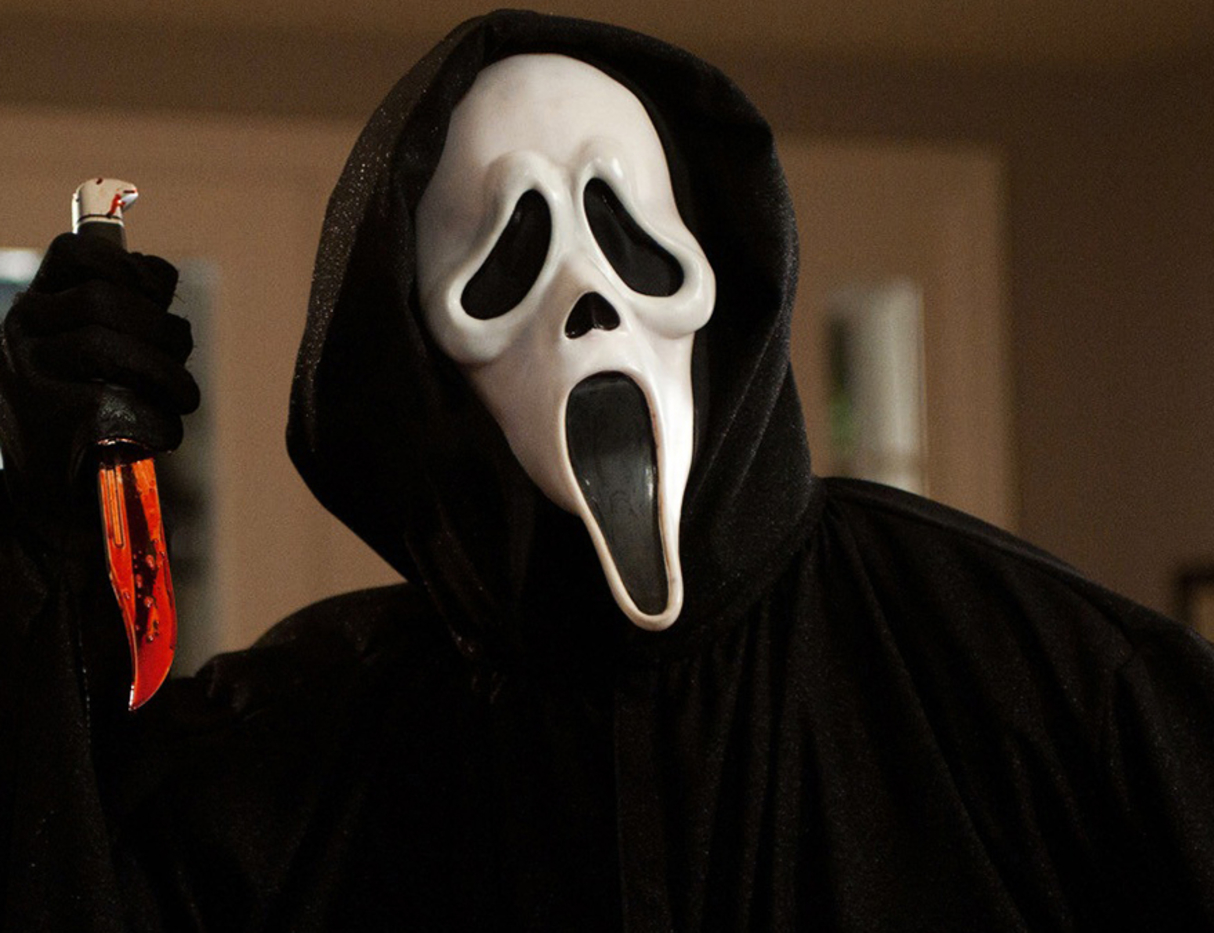
Either way, the genre has seen a shift from overused jump-scares to thought-provoking story-lines and imagery. Tactical use of story-telling has shown a rise in popularity in the industry, pushing the boundaries of what we know to be the classic horror film experience.
The Rise and Fall of Jump Scares
Most people can recall upon the horror flick viewing parties of their middle school days. Poised behind pillows and friends, young viewers would shake at the sight of Ghostface jumping out of closets in the 1996 hit film Scream. Known as a “jump-scare”, the fear tactic is a horror movie’s most “basic trick…a moment of surprise or terror that seemingly comes out of nowhere” (( Muir, John Kenneth. Horror Films FAQ: All That’s Left to Know About Slashers, Vampires, Zombies, Aliens, and More. United States: Applause Theatre & Cinema Books, 2013. )).
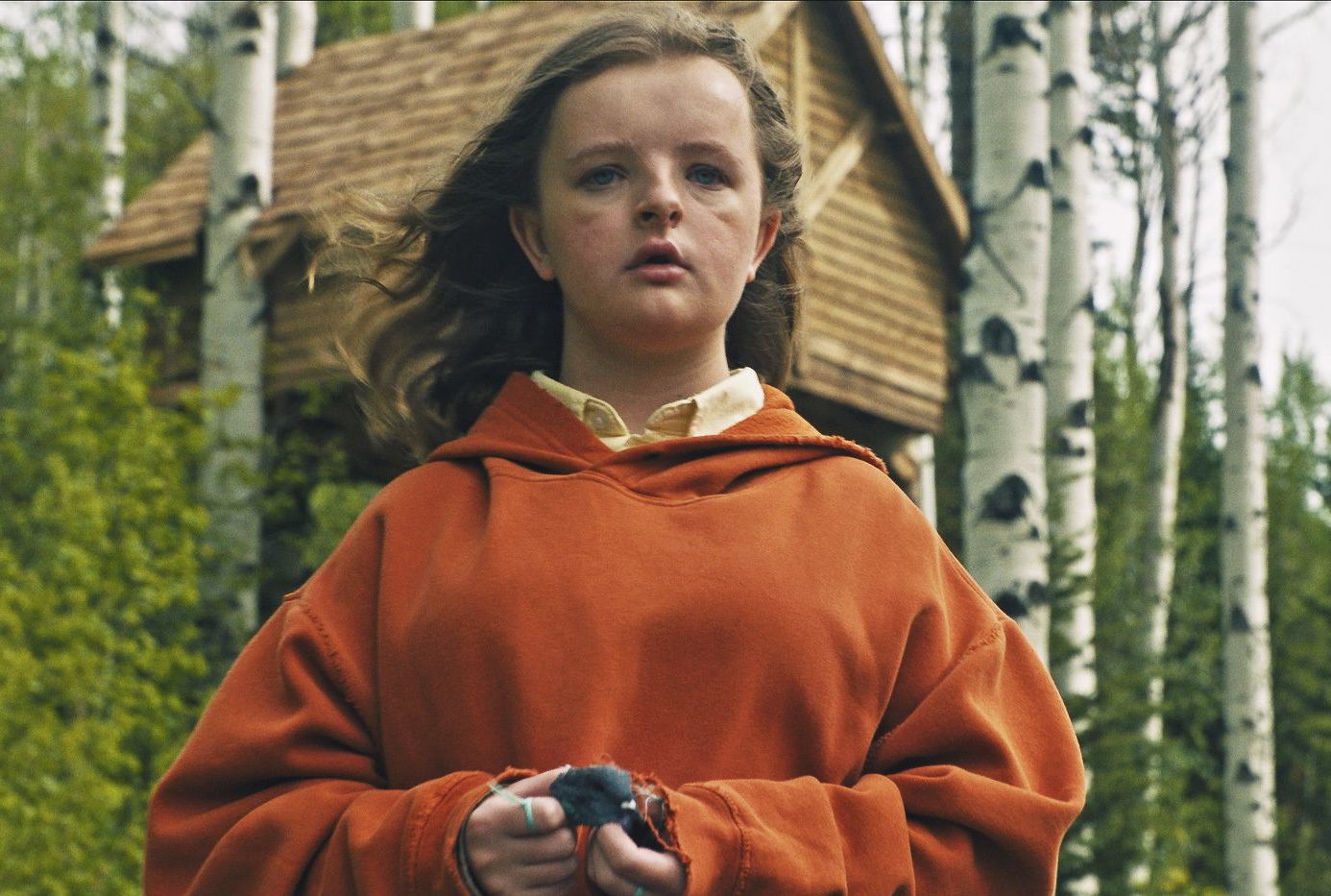
The use of jump-scare made its rise in the 1980s, becoming a popularized tool in slasher flicks like Halloween and Nightmare on Elm Street. The cheap use of jump-scares quickly ignited a rise of the opinion that horror is a dying genre, but in light of this opinion, directors have seemingly made a shift towards complex methods of scaring audiences by diving into improved story-telling and real-world terrors.
Loss And Grief Tools Of Fear
Hereditary seemed to make a sudden claim to fame with a shocking decapitation moment and some gruesome imagery that still haunts audiences’ nightmares weeks after viewing it. Alternatively, the root of the film’s “fear factor” sits in the reliance on a much greater horror — the emotional baggage carried between familial generations. While the film still relies to an extent on gore and imagery, the true root of horror in this film shocks audiences by pushing viewers to reflect on their own internalized familial baggage.
Hereditary‘s ability to shock audiences strays from the classic jump scares of such 90’s predecessors as Scream and Final Destination, forcing audiences to address demons stemming from childhood trauma and unanswered questions from deceased loved ones. In the context of this film, horror goes deeper than bloody decapitation and violent slasher scenes. Instead, mental health, unresolved conflicts, and uncomfortable tension between family members cause fear to creep out of the scenes. The movie instills a sense of emptiness that is typically foreign to classic horror, pushing audiences to truly reflect on the truth of their own baggage — while still being thankful that their recently deceased mother is not involved in the occult.
An Unidentifiable Boogie Man
Similarly, it can be argued that there is no main “bad guy” in Hereditary. In classic films such as Halloween, it is evident who the antagonist is. Michael Myers’ classic theme song comes on, and audiences immediately recognize the fear of becoming one of his victims. But the truth about these classic fear tactics is that Michael Myers is an easier boogie man to fictionalize. Walking home after dark will always be scarier as a result of watching Michael Myers stab a group of teenagers into oblivion, but the forced reflection which comes from watching Hereditary is much harder to rationalize.
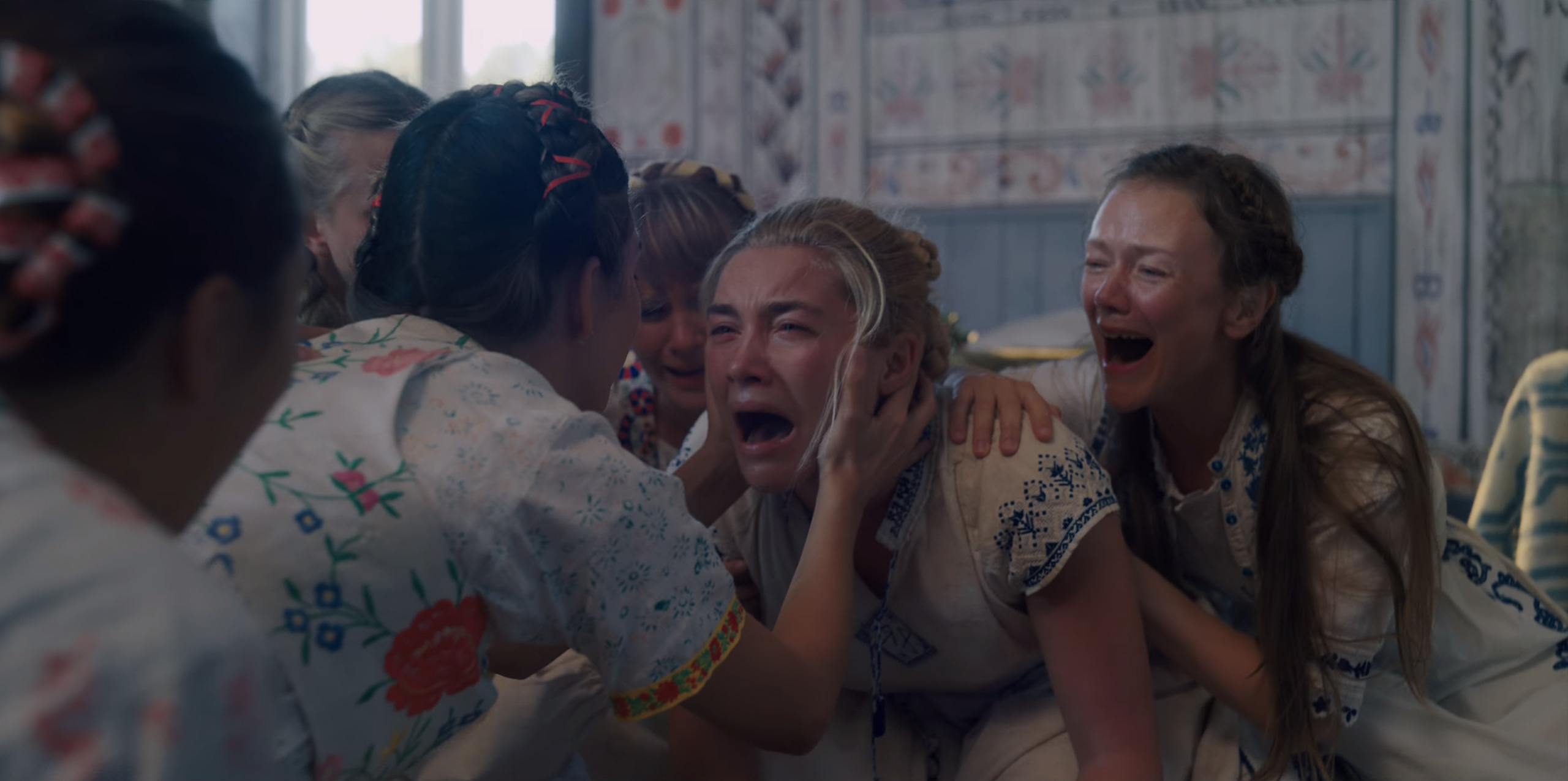
Touching on issues of grief and unresolved family trauma, Hereditary forces viewers to reflect on their own worst situations. While it may be hard to relate to a film about the occult at face value, the deeper tragedy of this film manifests into broader emotions like sadness, anxiety, and even empathy for the victims of the film. The movie pushes the idea that there is no antagonist, and rather all things horrible in the world come from within our own selves.
Break-Up Movies In New-Age Horror
Ari Aster carries on dominating the contemporary horror genre with his recent release Midsommar. The occult themes of his original film persist as Ari Aster dives into the happenings of a group of friends on track for a mid-summer retreat abroad. Things take a turn for the worse when the retreat turns out to be a generation-old cult ritual, and the themes of fear in the film seem to boil to the surface. The overarching themes of the film are a long-term relationship gone badly and family members with deteriorating mental health claiming their victims.
These two aspects of the film set the story apart from the popular slasher flicks of the past and put forth a new wave of horrible experiences on viewers. Gruesome imagery is maintained in the film, but the juxtaposition of gore and serious mental health problems creates a novel experience of horror. The film capitalizes on the self-reflection of the audience and commemorates the victims of the film’s themes by pushing the bounds of what we should really be afraid of.
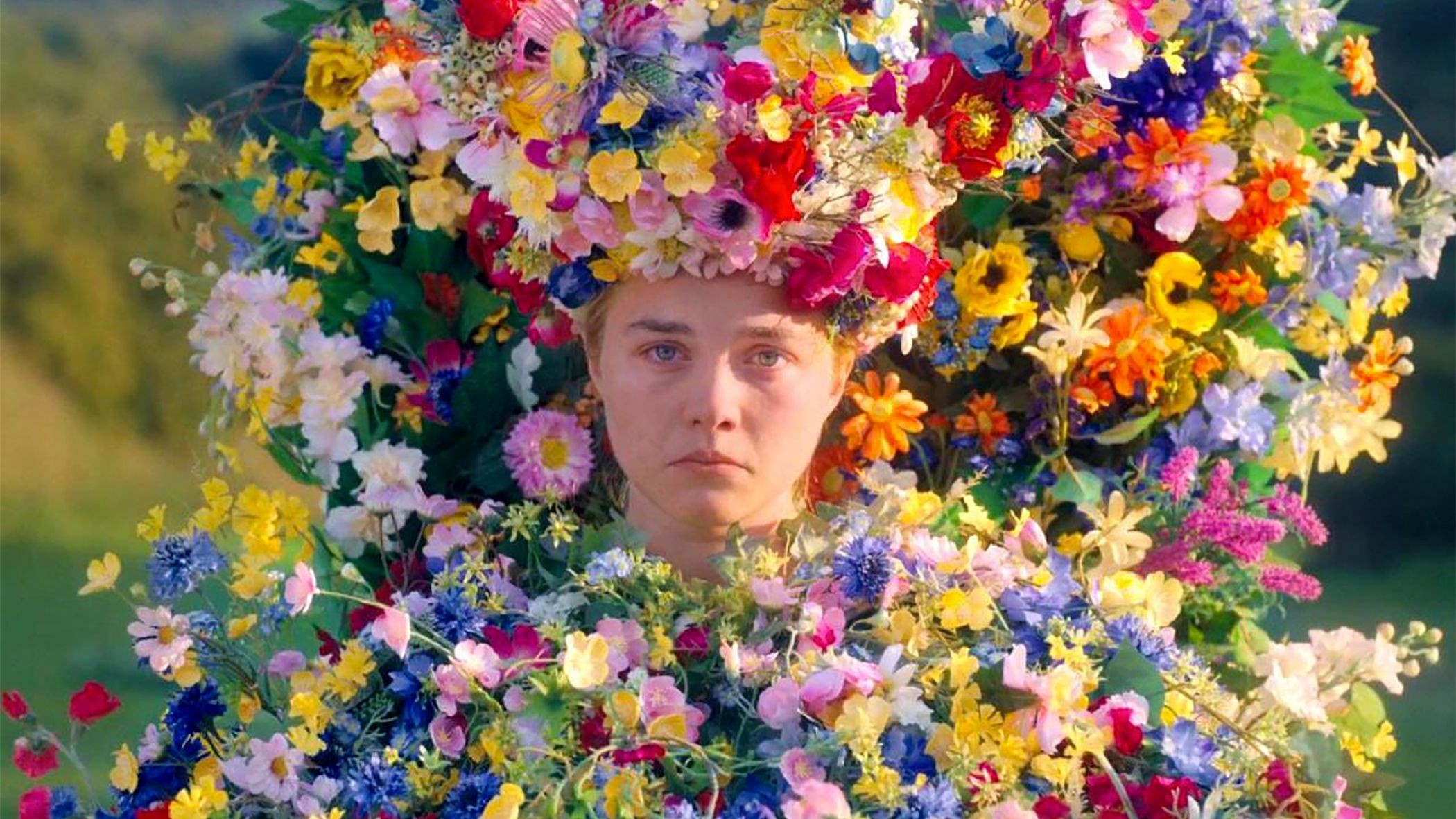
Throughout the film, the lead character’s repeated exposure to trauma and eventual spiral into apparent insanity resonates in the form of a question: how much trauma can one person take before they are driven insane? The answers to this question cannot be found in the movie, however this type of question is exactly why Midsommar fits seamlessly into the new-age of horror tactics, addressing the push towards more complex horror movie experiences.
Striking A Nerve With Mental Health
Similar to the trend of inspiring fear by addressing mental health problems typically found in dysfunctional families, The Haunting of Hill House restructures the classic haunted house motif by introducing a vast majority of sensitive mental health topics. By doing so, the show’s fear factor is transformed. Rather than relying solely on eerie backdrops and jump-scares, the show utilizes these tools to enhance the complex intertwining of the main characters’ emotional rollercoasters.
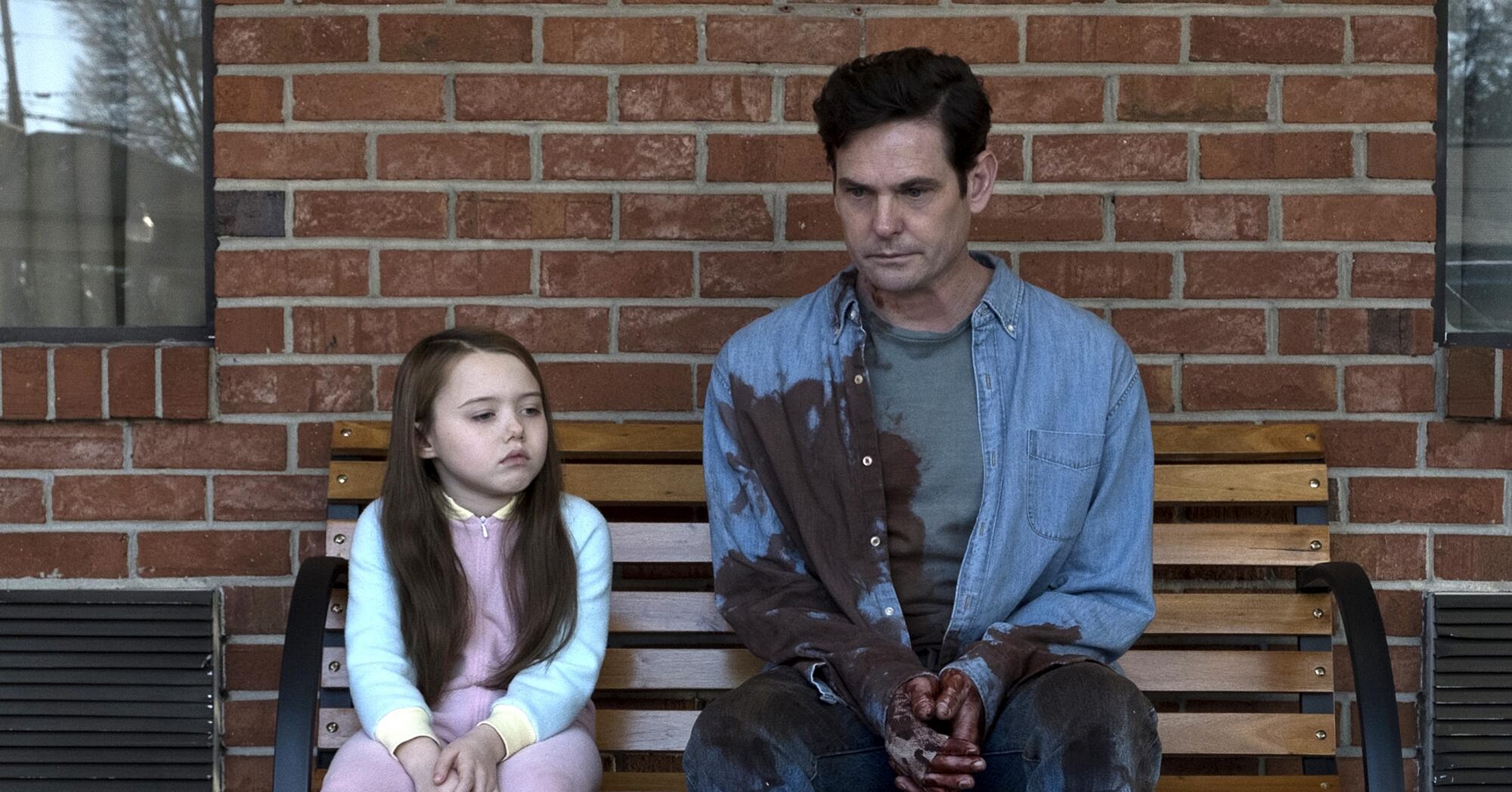
What immediately appears to be yet another haunted house story reveals itself in the show’s main themes of addiction, suicide, poor mental health, and a general neglect of facing one’s own monster of mental health. In focusing on these topics, what scares audiences in the show pushes the bounds of classic horror tales. Instead, fear is instilled in forcing audiences to reflect upon their own personal demons, of which are manifested in the show in the form of ghosts and things that go bump in the night.
While the jump-scares featuring a posthumous Nell (Victoria Pedretti) trying to communicate with her siblings from beyond the grave top the charts as some of the most frightening in recent years, the true horror of the show feasts on the recollection of mental health problems common in dysfunctional families. Classic 80s films like Halloween do not reach a resolution until the boogie man (Michael Myers) is defeated in some gruesome way. However, the antagonists of The Haunting of Hill House only seem to be defeated once members of the family each individually face their personal demons, which the show hits home as diverse mental health problems.
The Future Of The Genre
Whether it’s instilling fear by feeding on the tension that lies within familial unrest or playing on different issues of mental health, contemporary popular horror has shown a shift in the focus of fear. Popular horror has begun playing on more emotions than simply causing fear in audiences, creating ground-breaking media that leaves audiences uncomfortable and questioning greater purposes upon leaving theaters.
The consumption of the horror genre itself has transformed into a greater beast; one which calls upon its audiences to consider the themes of the film not only within the confines of the theatre, but how it hits home in other aspects of life. The main goal of horror is no longer to scare audiences, but rather push audiences to reflect on those topics that may be uncomfortable or less desirable. The resonating effect of horror is stale and no longer easily defined as a monster in the closet – but rather, the true horror of what lies within the confines of the human mind.
